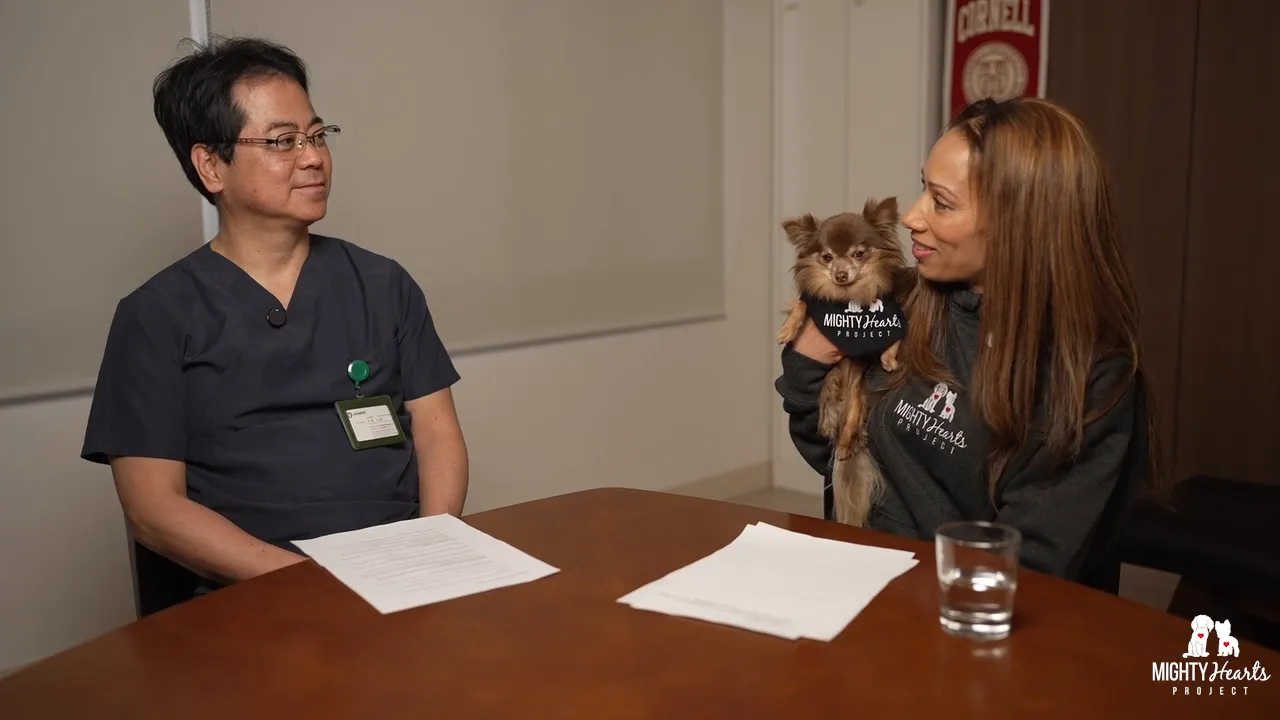Understanding Advanced Canine Heart Surgery: Insights from Dr. Masami Uechi
In the world of veterinary medicine, few procedures are as intricate and life-changing as mitral valve disease repair surgery for dogs. Dr. Masami Uechi, a pioneering surgeon with over two decades of experience, has been at the forefront of advancing these delicate surgeries. His dedication and expertise have saved countless canine lives across the globe. This article delves deep into Dr. Uechi’s insights on mitral valve disease repair, the emerging TEER procedure, decompression surgery, and the future of cardiac care for dogs internationally.
Whether you are a pet owner, veterinary professional, or an animal lover eager to learn more about canine heart health, this comprehensive guide will illuminate the complexities and possibilities of these groundbreaking treatments.

Table of Contents
- Introduction to Mitral Valve Disease Repair Surgery
- The TEER Procedure: A New Frontier in Canine Cardiac Care
- Decompression Surgery: Managing Severe Mitral Valve Disease
- Patient Age Range and International Outreach
- Frequently Asked Questions (FAQ)
- Conclusion
Introduction to Mitral Valve Disease Repair Surgery
Mitral valve disease is one of the most common heart conditions affecting dogs, particularly small breeds. The mitral valve, located between the left atrium and left ventricle of the heart, plays a crucial role in controlling blood flow. When this valve malfunctions, it can lead to mitral regurgitation, where blood leaks backward, causing heart enlargement and eventually congestive heart failure.
Dr. Masami Uechi has been performing mitral valve disease repair surgery for 21 years, primarily at the JASMINE Clinic in Japan. This surgery is highly specialized and involves intricate techniques to repair the damaged valve, allowing many dogs to regain a normal lifespan and quality of life.
Frequency and Duration of Surgeries
At the JASMINE Clinic, Dr. Uechi and his team perform approximately nine to ten mitral valve repair surgeries each week. Each surgery typically lasts between three to four hours. This rigorous schedule underscores both the demand for this life-saving procedure and the meticulous care required for each patient.
Effectiveness and Longevity Post-Surgery
One of the most pressing questions for owners of dogs diagnosed with mitral valve disease is whether surgery can restore their pet’s life expectancy to normal. According to Dr. Uechi, many dogs do live out a normal lifespan following successful surgery. However, he cautions that in cases where the valve disease is severe and chronic, there is a risk the disease can reoccur as congestive heart failure several years after surgery. In such cases, the surgery may not substantially prolong survival time, but it often improves quality of life during the intervening period.
“For some patients, it is true that these dogs can live out the normal life expectancy. However, in a few cases, in severely affected mature valve disease patients, the disease would come back as congestive heart failure after a few years post surgery.” — Dr. Masami Uechi
The TEER Procedure: A New Frontier in Canine Cardiac Care
Recently, a novel technique known as the TEER procedure has garnered attention among veterinarians and pet owners. However, information about this method remains sparse and often confusing. Dr. Uechi provides a clear comparison between the traditional mitral valve repair surgery and the TEER procedure, highlighting their differences, advantages, and limitations.
Mitral Valve Repair Surgery vs. TEER Procedure
Mitral valve repair surgery involves opening the heart to directly examine the mitral valve leaflets. This allows the surgeon to identify the specific areas of damage and place cords or sutures to repair the valve tailored to the patient’s unique condition.
In contrast, the TEER procedure is less invasive in terms of not opening the heart fully. It relies solely on echocardiogram imaging to assess the valve and involves clipping a section of the mitral valve without direct visualization of all affected areas. This means that the procedure targets a general area rather than the most severely damaged parts, which may limit its effectiveness.
Dr. Uechi explains that while the mitral valve is often described as having two leaflets in anatomy texts, in reality, it consists of many smaller segments. Clipping one segment during the TEER procedure can alter the function of adjacent leaflets, potentially creating gaps and worsening mitral regurgitation.
Recovery and Medication After Surgery
The recovery period differs significantly between the two procedures. Mitral valve repair surgery requires the use of a heart-lung bypass machine, making it more invasive and necessitating a longer recovery time. Meanwhile, the TEER procedure involves opening the chest but not the heart itself, resulting in a quicker recovery.
Despite the TEER procedure’s less invasive nature, many dogs still require ongoing cardiac medications afterward, as residual mitral valve regurgitation often remains.
“Some patients will still have a significant amount of mitral regurgitation left after the procedure. Most likely, these patients would require cardiac medications.” — Dr. Masami Uechi
Limitations and Future Outlook of the TEER Procedure
Dr. Uechi admits that he has not personally performed the TEER procedure and therefore cannot definitively comment on long-term life expectancy post-TEER. However, he anticipates that many dogs with unsuccessful TEER procedures may require subsequent mitral valve repair surgery. This highlights a potential future need for centers equipped to manage these cases.
While the TEER procedure is not currently common in Japan, it appears to be more prevalent in the United States. This geographic difference may influence where pet owners seek treatment and how veterinary cardiac surgery evolves globally.
Decompression Surgery: Managing Severe Mitral Valve Disease
For dogs with severe mitral valve disease, elevated pressure in the left atrium can lead to congestive heart failure, a life-threatening condition. Decompression surgery offers a way to mitigate this pressure and stabilize the dog temporarily.
What is Decompression Surgery?
This procedure involves creating a hole between the left and right atrium of the heart. The purpose is to relieve pressure buildup in the left atrium by allowing blood to flow into the right atrium, delaying or preventing congestive heart failure.
Dr. Uechi notes that in very severe cases, this hole can naturally form due to extreme pressure, sometimes even rupturing the left atrial wall. While this natural “tear” helps temporarily, it eventually leads to enlargement of the right atrium and right-sided heart problems, worsening the overall prognosis if left untreated.
Clinical Use and Limitations
Decompression surgery is especially useful for dogs experiencing decompensated heart failure who repeatedly relapse into congestive heart failure. By reducing left atrial pressure, it can stabilize the dog temporarily and improve their condition.
However, Dr. Uechi mentions that during mitral valve repair surgery, they typically do not use decompression surgery as a technique, since the valve repair itself addresses the underlying problem more definitively.
Combining Decompression with Valve Repair Surgery
A promising approach involves using decompression surgery as an initial stabilizing measure in critical patients, particularly in places like the United States or Europe. Once stabilized, dogs can travel to specialized centers such as JASMINE Clinic in Japan for definitive mitral valve repair surgery. During the valve repair, surgeons can close the hole created during decompression surgery, restoring normal heart anatomy.
“Those patients can definitely have that atrial decompression procedure in your country. And as long as you can tell us where the hole has been made, then when we do the mitral valve repair surgery, we can close off the hole with surgical material.” — Dr. Masami Uechi
Patient Age Range and International Outreach
Dr. Uechi has performed mitral valve repair surgery on a wide age range of dogs. The oldest patient he has operated on was 15 years old, while the youngest was about 5 years old. Surgeries on older dogs are less common but certainly possible, demonstrating the flexibility and potential of advanced veterinary cardiac surgery.
Expanding Access Worldwide
Currently, Dr. Uechi travels to Taiwan and Australia to perform mitral valve repair surgeries, recognizing the global demand for this life-saving procedure. Many patients and veterinarians in the United States are eagerly awaiting similar services.
Plans are underway to establish programs in the US, bringing this advanced cardiac care closer to more patients and reducing the need for international travel for surgery.
Frequently Asked Questions (FAQ)
1. How long does mitral valve repair surgery take?
Each surgery usually takes about three to four hours, depending on the complexity of the case.
2. Can dogs live a normal lifespan after mitral valve repair surgery?
Many dogs do live out a normal life expectancy, especially if surgery is performed before the disease becomes too severe. However, in some cases, congestive heart failure may develop years after surgery.
3. What is the main difference between mitral valve repair surgery and the TEER procedure?
Mitral valve repair surgery involves direct visualization and repair of the valve leaflets, while the TEER procedure clips the mitral valve based only on echocardiogram imaging, without direct inspection.
4. Is recovery faster after the TEER procedure compared to mitral valve repair surgery?
Yes, the TEER procedure involves less invasive surgery and generally results in a quicker recovery, but it may not be as effective for severe valve disease.
5. Are medications still needed after these surgeries?
Many dogs require ongoing cardiac medications after surgery, especially if some degree of mitral regurgitation remains.
6. What is decompression surgery and when is it used?
Decompression surgery creates a hole between the left and right atrium to relieve pressure and stabilize dogs with severe mitral valve disease and congestive heart failure. It is often a temporary measure before definitive valve repair.
7. Can dogs stabilized with decompression surgery undergo mitral valve repair surgery later?
Absolutely. Once stabilized, dogs can travel to specialized centers where the hole created by decompression surgery can be closed during valve repair surgery.
8. What is the age range of dogs eligible for mitral valve repair surgery?
Dr. Uechi has operated on dogs as young as 5 years and as old as 15 years, showing that age alone is not a strict barrier.
9. Is the TEER procedure common worldwide?
The TEER procedure is more common in the United States but is not widely performed in Japan.
10. Are there plans to expand mitral valve repair surgery services internationally?
Yes, programs are being prepared to bring these advanced surgeries to the United States and other countries, increasing accessibility for more dogs in need.
Conclusion
The advancements in canine cardiac surgery led by experts like Dr. Masami Uechi offer hope and improved outcomes for dogs suffering from mitral valve disease. With over 21 years of experience, Dr. Uechi’s approach to mitral valve repair surgery remains the gold standard, providing many dogs with the chance to live longer, healthier lives.
While newer techniques like the TEER procedure offer less invasive options, they come with limitations and uncertainties that require further study and clinical experience. Decompression surgery serves as a valuable tool for stabilizing critically ill patients, often acting as a bridge to definitive valve repair surgery.
As veterinary medicine continues to evolve, international collaborations and expanding surgical programs promise to make these life-saving treatments more accessible worldwide. For pet owners facing the daunting diagnosis of mitral valve disease, understanding these options and advancements can empower informed decisions and foster hope for their beloved companions.








